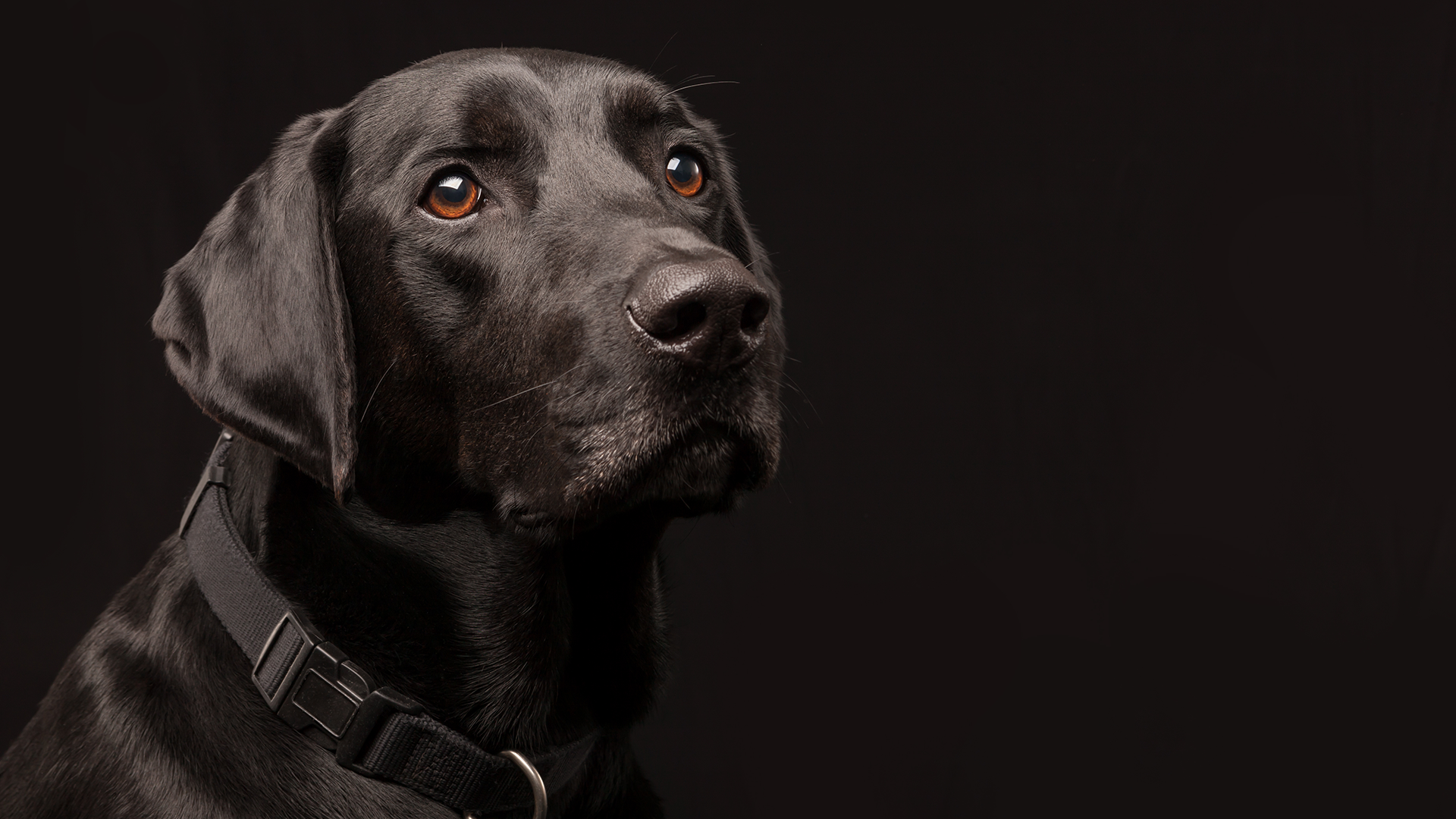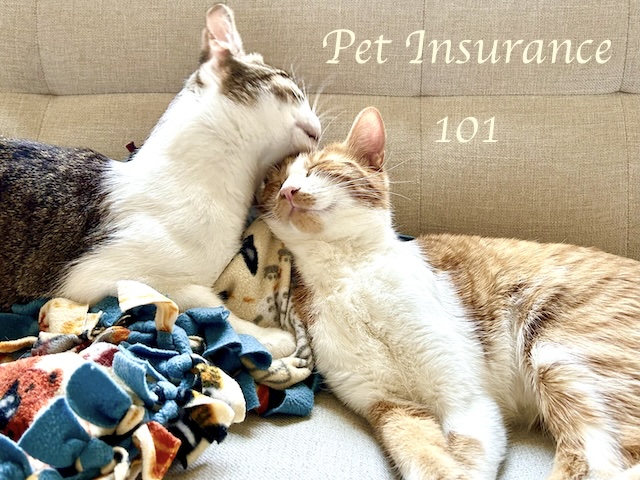

One of the revelations of the pandemic era is that people are realizing the important role pets play in their lives. Pets are now considered family members, and pet owners have learned that they need to provide more than just daily love and necessities .
Pets should also be protected against routine care, accidents, and serious illnesses. This is good news for pet health insurers, which have seen a surge in sales of pet policies .
Jack L. Stephens, DVM, founder and former president of Pets Best Insurance, pioneered the pet insurance industry in the United States in 1981. His mission was to end euthanasia, which occurs when pet owners can no longer afford treatment. Dr. Stephens went on to provide the first pet insurance policy in the United States to a dog named Lassie .
Since the first pet insurance policy was launched 40 years ago, a large number of companies have entered the market, offering competitive pricing to meet the expectations and needs of doting pet parents. However, for many years, the proportion of pets in the insurance market has remained in the low single digits, even with the rise of the human-animal bonding movement of “treating pets as family .
Pet Health Insurance Trends
Fast forward to the end of the COVID-19 pandemic and the beginning of a wave of job resignations. People are leaving their jobs in search of a better work-life balance. Millions of professionals want to continue working from home to spend time with their pets. Others are drawn to jobs that allow pets in the workplace and offer other pet benefits .
Now that the job market is stagnating, meaning fewer workers are switching jobs, employers are looking for ways to retain their employees, and any pet-related services are a plus, especially pet health insurance .
The 2022-2024 National Pet Owners Survey, released by the American Pet Products Association (APPA), analyzed these figures and accurately reflects the current upward trend in pet insurance. The report stated that 66% of American households, or approximately 89 million households, currently own a pet. The survey showed that an estimated 65.1 million people own dogs and 46.5 million own cats. The proportion of dog owners with pet health insurance increased from 15% in 2018 to 22% in 2022. As for cats, the proportion doubled from 8% in 2018 to 16% in 2022. Insurance costs range from $250 to $499 per year, depending on the coverage.
The North American Pet Health Insurance Association (NAPHIA), which represents an estimated 98%+ of all pet health insurance policies in force in North America, reports that 5.36 million pets are currently insured, according to their 2023 State of the Industry report .
The report also showcased the largest industry payout to date: $60,882 for a flat-coated retriever with pneumonia in New Hampshire, followed by $40,057 for a cat in New Jersey that included surgery for a urethral obstruction/cystotomy, a kidney abscess, a tail tip amputation, empyema, and more .
What pet owners want
Pets Best recently published an in-depth study, “Today’s Pet Owner,” which highlights why employees prefer to pay for pet insurance as part of their benefits package .
Research shows pet insurance can significantly reduce financial stress for pet owners, with four in five pet owners claiming to feel anxious about the cost of their pet’s care, regardless of whether they have pet insurance.
Pet owners who have pet health insurance say that while it can be stressful financially, having insurance for their pets helps them manage things better. People with pet insurance are less anxious about paying veterinary bills, which can range from $250 to over $1,000 per visit .
What’s Next for Pet Health Insurance?
Pet insurance still has room to grow in the general awareness of American consumers. Targeted advertising on streaming services like Hulu, social media platforms, and displaying brochures with QR codes at veterinary offices for instant enrollment are all options for achieving this goal. Pet owners may also be attracted to seamless digital insurance services and veterinary telemedicine services .
As more travel services open their doors to pets, it makes sense for insurance companies to place pet health insurance ads on websites where pet owners shop or even search for travel and leisure.
Millennials and Generation Z are the largest groups of pet owners in the United States, spending more on their pets than on themselves. This group makes up the majority of the workforce. However, according to the Society for Human Resource Management, only 15% of companies offer pet insurance benefits..
Advanced pet insurance technology, combined with diverse policy options to suit any pet owner’s budget, and the growing demand for protecting pets are now converging. As a result, the pet insurance industry is poised to thrive .



